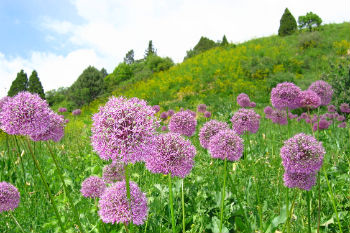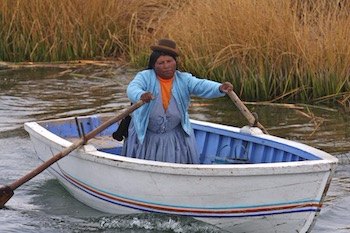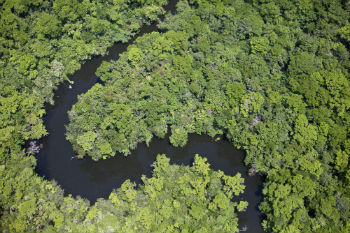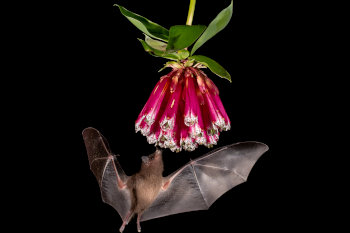Main menu
CEPF is a joint initiative of l’Agence Française de Développement, Conservation International, the European Union, Fondation Hans Wilsdorf, the Global Environment Facility, the Government of Canada, the Government of Japan and the World Bank. A fundamental goal is to ensure civil society is engaged in biodiversity conservation.
Visitez le site français コア情報の日本語翻訳を読むOr use Google Translate to translate the English site to your language:
GTranslate
Newly Discovered Frog Named After CEPF
20 June 2017
20 June 2017
Five years of extensive field studies in the Western Ghats Biodiversity Hotspot by Sonali Garg, a PhD student of former CEPF grantee and University of Delhi professor SD Biju, has led to the discovery of four new species of burrowing frogs. In recognition of CEPF's investment in the hotspot from 2008 to 2015, one of the species has been named the CEPF burrowing frog (Fejervarya cepfi).
“Congratulations to Sonali Garg and Professor SD Biju,” said CEPF Executive Director Olivier Langrand. "We are extremely honored that one of the discovered frogs has been named after CEPF.”
These burrowing frogs are difficult to find in the wild; they stay hidden underground or under logs for most of the year. In the lab, the newly sampled frogs were confirmed as new species by using an integrated taxonomic approach that included DNA studies, detailed morphological comparisons and bioacoustics. “Our study highlights a fairly common group of frogs that is usually found closer to human habitations but still not documented properly," Garg said.
"The painstaking work of identifying and describing new species is essential if we are to identify biodiversity conservation priorities and take actions to stop extinctions," said Simon Stuart, conservation director of Synchronicity Earth and global council deputy chair of Amphibian Survival Alliance. "The first step to saving a species is to know that it exists!"
From 2006 to 2015, the number of amphibian species known from the Western Ghats has nearly doubled. However, more than one-third of the Western Ghats frogs are already threatened with extinction. Out of the four new species discovered by Garg, two, including the CEPF burrowing frog, face serious human-caused threats.
CEPF's investment in the Western Ghats helped produce global threat assessments for 1,394 species, and implement recovery and management plans for 14 priority species (three mammals, four birds, five fishes and two plants). In addition a web-based portal on the biodiversity and ecosystem service values of the Western Ghats was launched. The portal is populated by a growing community of data holders, featuring a citizen-science interface that has accumulated over 1 million observations.
Read more news about the recent frog discoveries:





